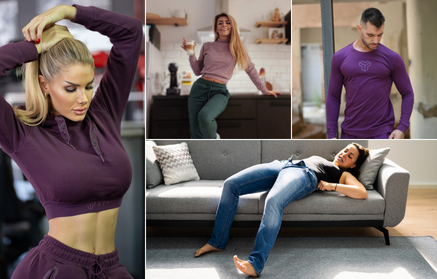Table of Contents
There can be several reasons why people wear extremely tight clothing. It’s quite possible that their pants still fit them a few kilos ago and they just don’t want to give them up. Or maybe their bottoms or quadriceps got bigger due to strength training, and so the jeans don’t quite fit anymore. Well, and then there are some people who even buy clothes a size smaller on purpose to emphasise certain parts…
Of course, there is nothing wrong with wearing tight clothes, but as it goes with everything, it’s not good to go to extremes. You may not have been aware, but too tight clothes can cause a number of health issues. We will look at these in more depth in this article.
How do you know if your clothes are too tight?
The line between perfectly fitting skinny clothes and pieces that are too tight can be very thin. Therefore, we put together several warning signs that indicate that it is getting “too far”:
- You struggle breathing in your clothes.
- Your skin turns red.
- After undressing, you have visible marks on your skin from seams, folds, etc.
- You feel the so-called pulsing in the area of your body where it is contracted.
- You feel tingling in certain parts of your body.
- You feel uncomfortable.
- You can’t move as much as you should.
Skinny jeans, which may be the first thing people think of, necessarily don’t have to be the only item of clothing that is too tight. The same level of discomfort can be caused by an inappropriately chosen size of leggings, bras, T-shirts or shorts. When choosing these pieces, it is always a good idea to test the clothes in different positions to know if it actually suits you. When buying online, always measure yourself, check your existing clothes, and compare this with the sizes that the manufacturer indicates in their size chart.
For example, with pieces from the STRIX premium collection, you can always find both the dimensions of the clothing and the parameters of the person who wears the given size. This makes the selection much easier. And if you don’t get it right, there’s nothing easier than returning the clothes and choosing the right size.
Tight clothing can have its place if you aim for targeted compression, for example during exercise. You can read more about this in our article Functional Clothing: Why It Matters and How It Can Help You Improve Your Performance?
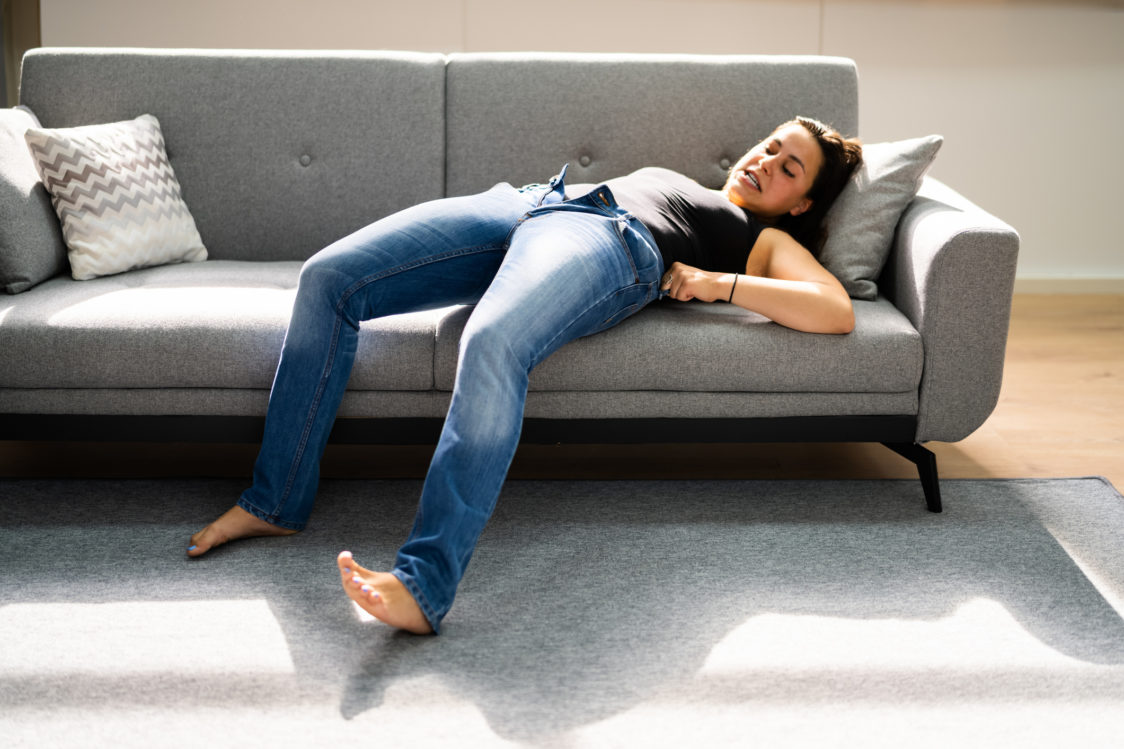
You might be interested in these products:
6 negative effects of tight clothing on health and appearance
Clothes that are too tight don’t have to be just a fashion faux pas. Many people don’t realise that it can also have significant effects on how you feel, and above all on your health. Let’s take a closer look at the possible risks.
1. Nerve issues
Wearing leggings, jeans and pants that are too tight can lead to the development of a nerve condition called meralgia paresthetica. Although it sounds like some kind of spell, it won’t open any mysterious chamber for you. If you come into contact with it, it will definitely not be a pleasant experience. [1]
A temporary spasm usually occurs in people who wear, for example, too tight high-waisted jeans, when the lateral cutaneous femoral nerve is compressed. This is manifested by burning pain in the skin, tingling in the front side of the thigh or its numbness. If you notice any of these symptoms, try to take off the tight pants as soon as possible and replace them with, for example, comfortable sweatpants with a looser cut, so that the body is no longer constricted. And the clothes that caused you this condition can continue their journey somewhere else with a clear conscience. [1] [8]
2. Stomach issues
Clothes that are too tight don’t just affect your limbs. It can also have negative effects on parts of your digestive system, such as the stomach and intestines. Contraction in this area (intragastric pressure or intra-abdominal pressure) can worsen, for example, your reflux. This is a digestive disorder where stomach acid backs up from the stomach into the oesophagus. You can then feel, for example, unpleasant heartburn. [2]
It can also cause other digestive conditions. This is also the reason many people like to unbutton their trousers after a good lunch. A great choice can be wearing so-called jeggings, which are a combination of jeans and leggings. At first glance, this piece looks like jeans, with the difference that it has an elastic band at the waist, which adapts to the body when needed.
And if you want even more comfort, you can go straight for leggings or biker shorts. When you combine them well with other pieces of clothing, you can wear them for many leisure activities without causing any social faux pas.
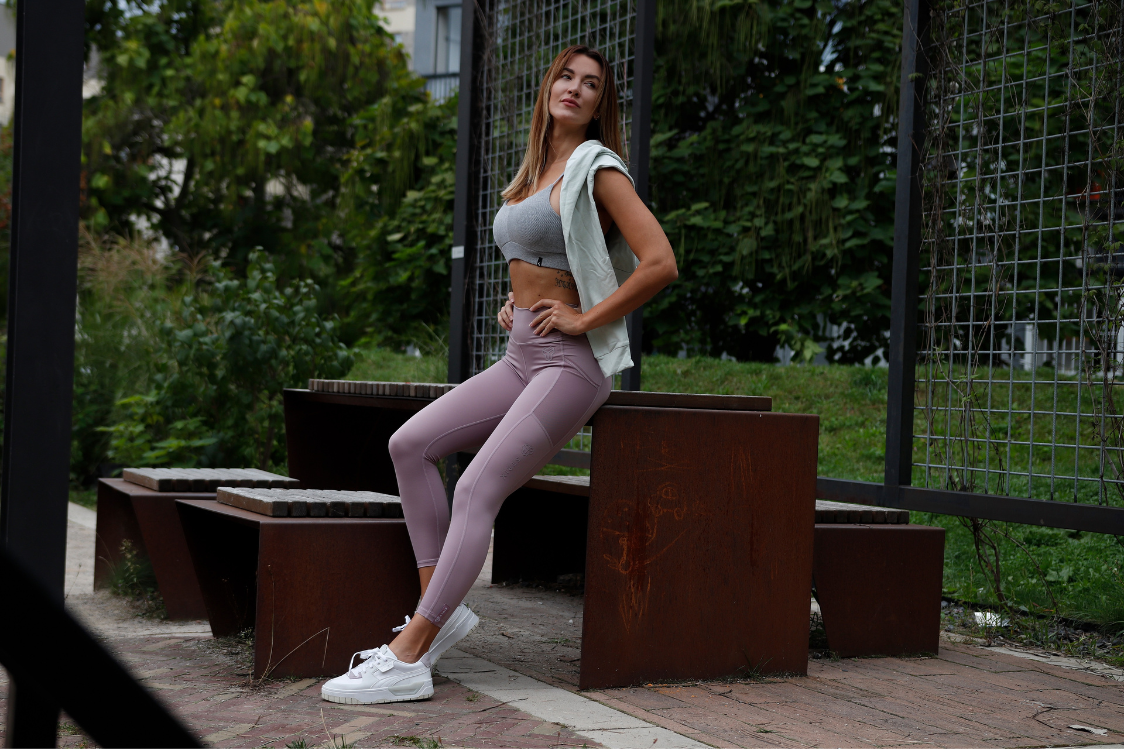
3. Poor blood circulation
Good circulation and smooth blood flow are essential for our health and proper functioning. In particular, people who are at risk of venous thrombosis or blood clots should keep this in mind and be careful when choosing their clothes. For example, if you wear pants that are tight at the ankles, it may be more difficult for the body to get blood back from your feet further into the body. [3]
Because of this, you may come across issues like swelling, varicose veins or a feeling of heavy legs. You can partially prevent them by wearing pants that are looser in the ankle area. Swelling can also be prevented by wearing compression socks, which are great for long periods of sitting, travelling and for faster recovery after physical activity. [3]
4. Increased risk of skin infections
Clothes that are too tight, in which the skin cannot breathe, induce sweating much more. It is even worse if the clothes are made of lower quality materials. One of the negative consequences of this is that you won’t feel comfortable in non-breathable clothing that is not fully dry. Another problem is that wet clothes create an ideal environment for the development of various bacteria and skin infections. These include, for example, candidiasis, dermatomycosis and others. Wearing looser sweatshirts, shorts and T-shirts made of quality materials is such a simple and effective way to reduce this risk.
5. Increased probability of developing cellulite
Blood circulation has a major influence on the development of cellulite. If you often squeeze into senselessly tight clothes, your blood circulation can be negatively affected. Ultimately, this can lead to a worsening of the manifestations of cellulite. And that, I suppose, no woman wants. From this point of view, looser clothing can serve as a great prevention. [4]
You can read more about other causes of cellulite and tips on how to reduce it in our article Cellulite – What Causes It and How to Get Rid of It?
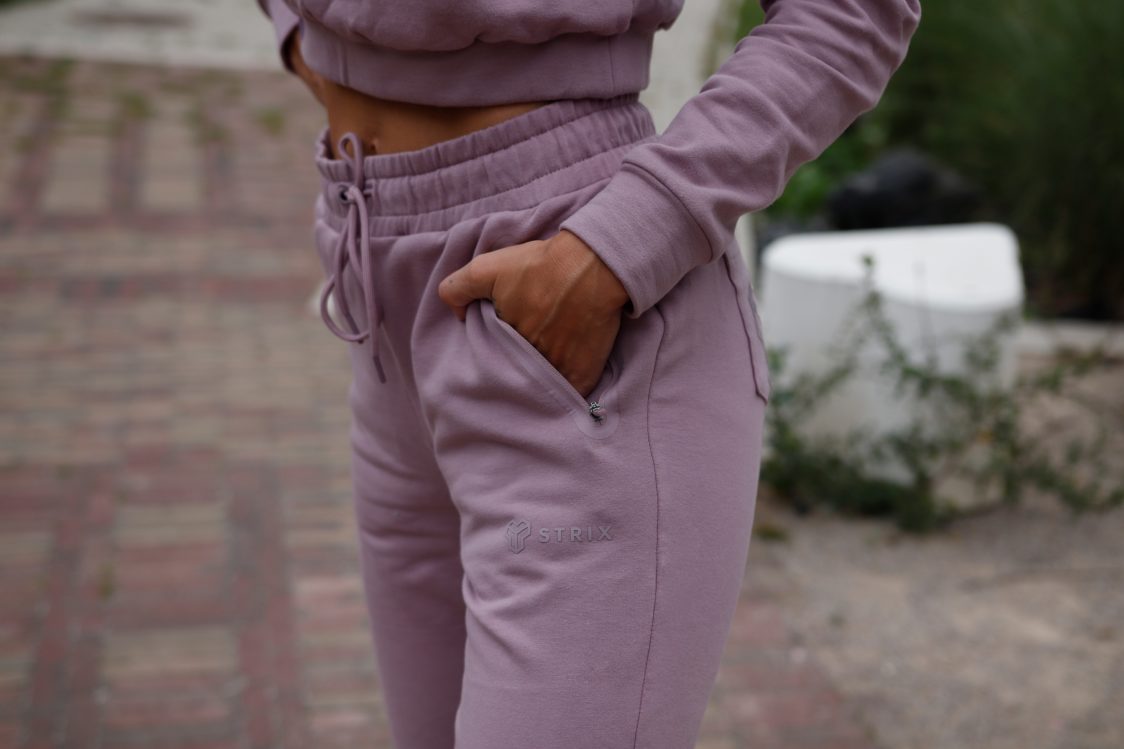
6. Reduction of fertility in men
Male sperm are best formed at a temperature that is slightly lower than the normal body temperature. The body is naturally adapted to this by the fact that the testicles are not located in the torso, but are somehow a separate unit. Wearing tight underwear and pants increases the temperature in the testicular area, which can reduce sperm production. A study conducted at Harvard even points out that men who wore looser boxers had up to 25% higher sperm production compared to a group who wore tight underwear such as briefs. For this reason, it is more suitable for men to wear looser underwear, shorts and jeans. [5–7]
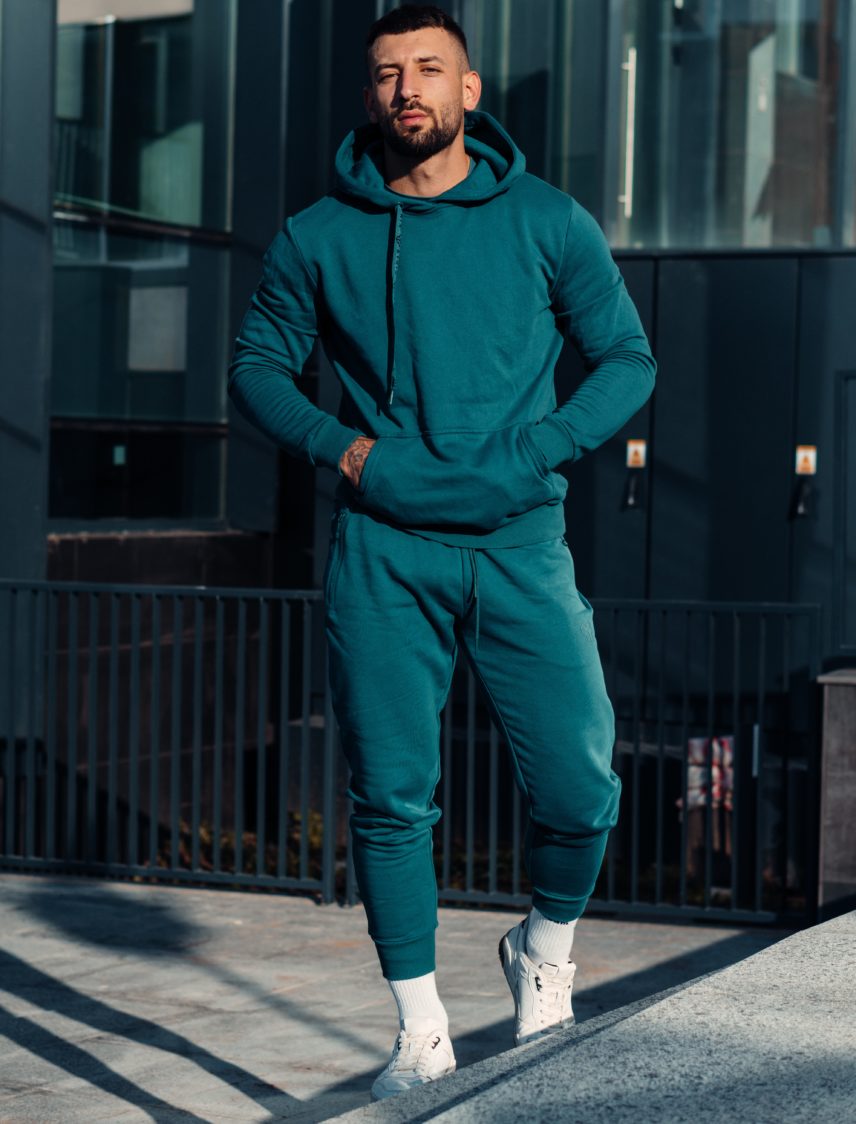
How to choose clothes that won’t have a negative effect on health?
1. Choose fits that suit you
Looser fits that don’t completely hug the body are a great choice. If you like tighter clothes, choose ones that are not too tight, compacted, compressing or chafing. If your favourite size XS pants don’t meet these criteria, get rid of them.
2. Choose high-quality materials
The material is the most important part of any clothing. We cannot recommend one type that would be best. Something different is suitable for each activity. Breathable cotton, for example, is ideal as casual wear. For sports, you can use synthetics or merino wool. Both of these are great in wicking away sweat.
You can read more about how to choose the right material in our article What Is the Best Gym or Running Wear ? Discover the Properties of Certain Materials.
3. Wash and care for your clothes regularly
What should you remember?
Our body and its needs change throughout life. Just because you used to wear a size XS doesn’t mean you’ll fit in it for the rest of your life. It is therefore necessary to accept these changes and not try to cram into senselessly small clothes that simply doesn’t fit you. In addition to the discomfort you will feel, inappropriately chosen clothes could also affect your health. And that is simply not desirable for anyone.
If you have pieces in your closet that don’t fit you, don’t worry about it. Give them to friends who will certainly get some more value out of it. At the same time, you can use such refreshment of your wardrobe as a great opportunity to treat yourself and buy something nice and comfortable to wear.
Do you know someone who struggles with clothes that are too tight? Share this article with them to help them understand the unnecessary risks associated with tight clothing. Instead, they can buy a few comfortable and well-fitting pieces which will last them for a long time.
[1] Grossman, Mark G. MD et al. – Meralgia Paresthetica: Diagnosis and Treatment – https://journals.lww.com/jaaos/Abstract/2001/09000/Meralgia_Paresthetica__Diagnosis_and_Treatment.7.aspx
[2] Logan Smith – Tips for Dressing if You Have IBS – https://www.webmd.com/ibs/features/tips-for-dressing-if-you-have-ibs
[3] ASK DR. WISHNEW: DOES TIGHT CLOTHING CAUSE VARICOSE VEINS? – https://lamvascular.com/ask-dr-wishnew-does-tight-clothing-cause-varicose-veins/
[4] Tips for reducing thigh cellulite at home [https://www.medicalnewstoday.com/articles/326509
[5] Ann Cowper et al. – Fertility problems – https://link.springer.com/chapter/10.1007/978-1-4899-3266-2_15
[6] Lidia Mínguez-Alarcón et al. – Type of underwear worn and markers of testicular function among men attending a fertility center – https://academic.oup.com/humrep/article/33/9/1749/5066758
[7] Edward E.WallachM.D.(Associate Editor) et al. – Role of temperature in regulation of spermatogenesis and the use of heating as a method for contraception – https://www.sciencedirect.com/science/article/pii/S001502821659640X?via%3Dihub
[8] Ramzi Moucharafieh et al. – Meralgia paresthetica: a result of tight new trendy low cut trousers ('taille basse') – https://pubmed.ncbi.nlm.nih.gov/17521975/

